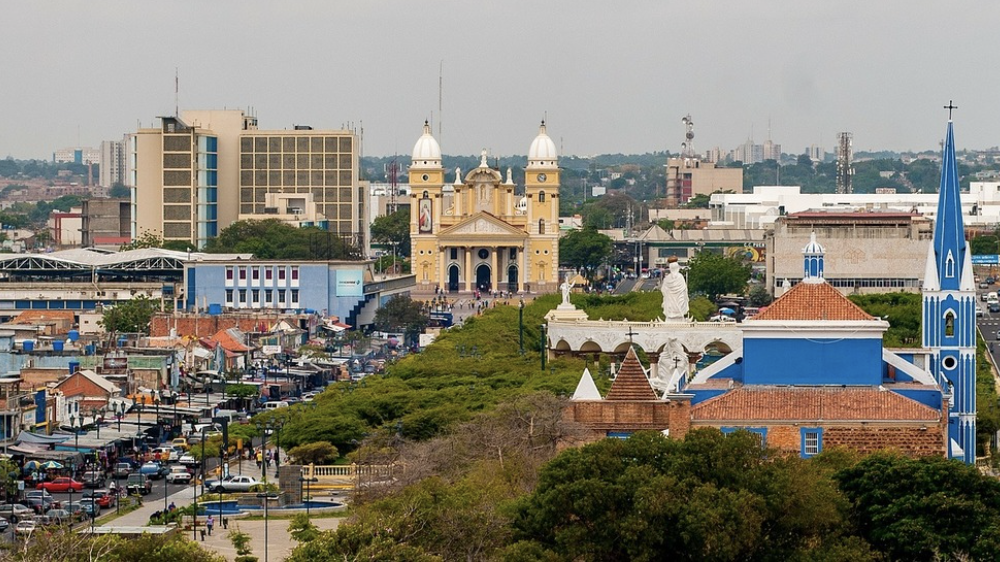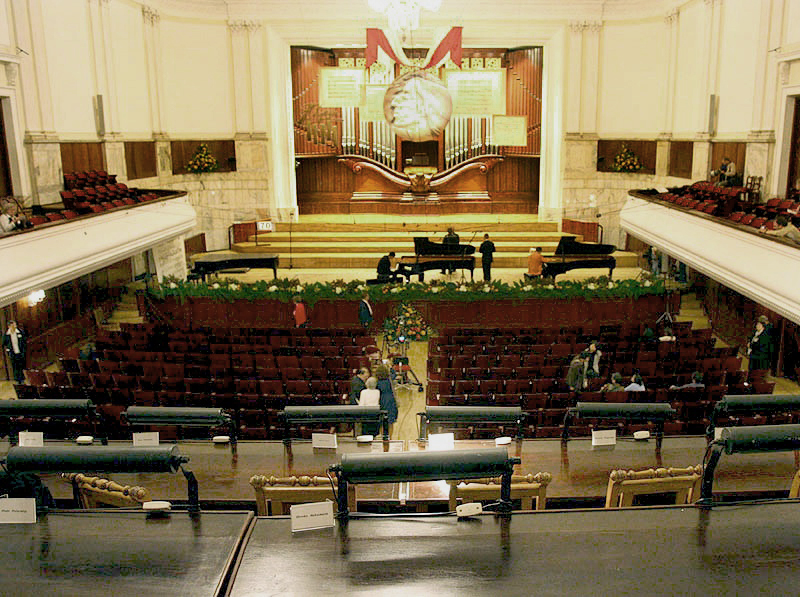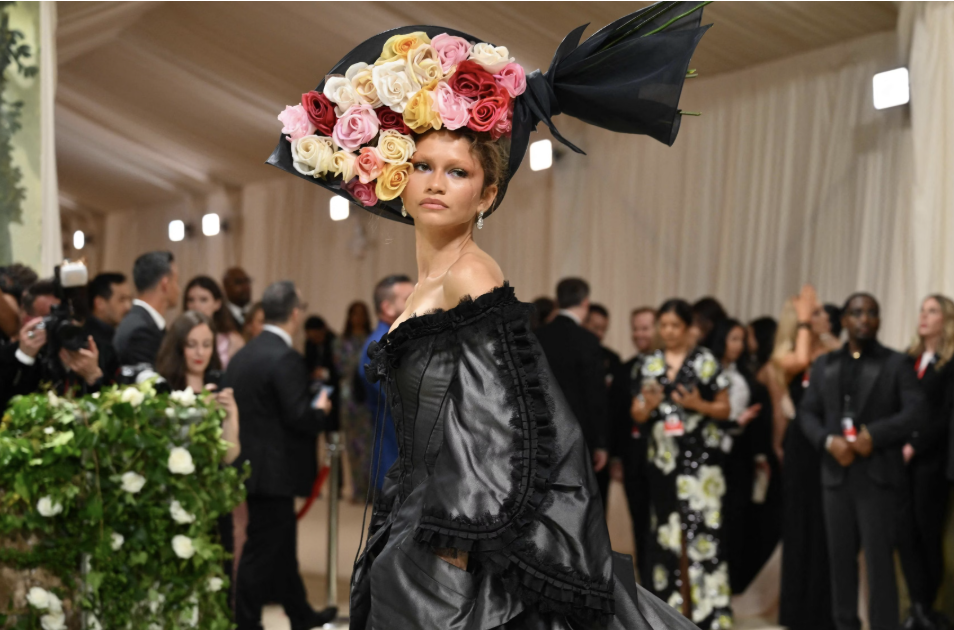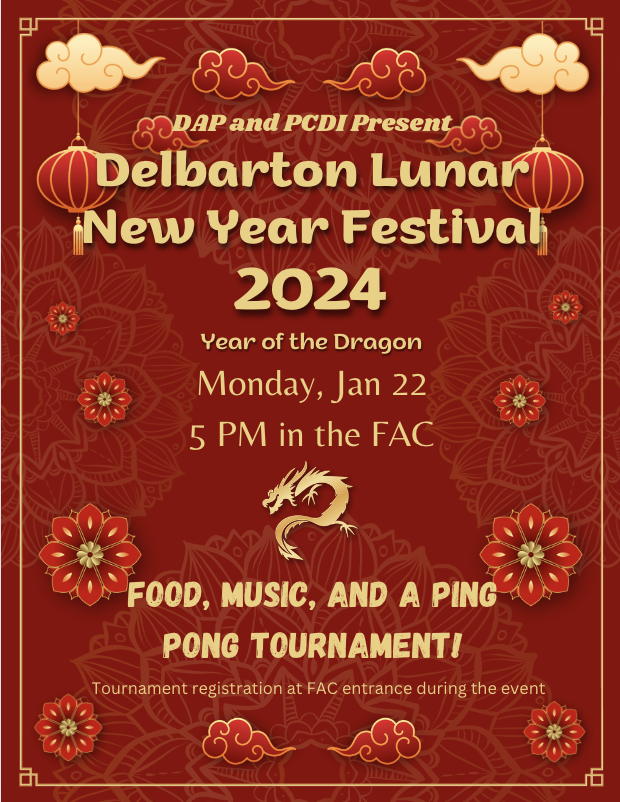Every year, millions of people around the world celebrate Lunar New Year. Although often referred to as “Chinese New Year,” this holiday is celebrated by various cultures in many countries, each with their own different traditions. Lunar New Year marks the first new moon of the lunar calendar. It is often associated with a special spiritual significance.
One of the most popular Lunar New Year celebrations is Chinese New Year, marked by the distinguishing feature of the zodiac. Each lunar year of the Chinese calendar represents a different animal: rat, ox, tiger, rabbit, dragon, snake, horse, sheep, monkey, rooster, dog, and pig, with the cycle repeating every twelve years. This year is the year of the dragon, representing honor, power, and excellence, and one’s characteristics are often described using the animal of the birth year.
The order of the Chinese zodiac stems from an ancient folklore and myth. In the story, God invited all the animals to participate in a race for honor. Back in ancient times, the rat and the cat were very good friends, and so the day before the competition, the cat asked the rat to wake it up for the start of the race. The rat agreed, but the day of the race, the rat decided not to wake the cat to reduce competition. Instead, the rat rode on the head of the ox, which trudged in the lead, and jumped off its head at the finish line, coming in first. The dragon, who was expected to win the race, got distracted making rain clouds over villages, and came in fourth. As a result, the twelve animals were commemorated by God for all of time. When the cat woke up and heard the news, it was outraged and attacked the rat, thus resulting in the age-old rivalry.
Chinese New Year is often celebrated by eating longevity noodles and rice cakes. It marks the beginning of the new year and the start of spring, and is thus considered one of the most important celebrations in Chinese culture.
In Korea, Lunar New Year is celebrated as an important family event. Every year, millions of Korean citizens return to their hometowns to pay their respects to their elder relatives, bringing gifts and expensive food, especially fruits. Korean culture believes in a zodiac that is the same as the Chinese version. However, instead of giving red envelopes filled with money as is customary in Chinese culture, the envelopes are white.
Japanese New Year, known as shogatsu, is traditionally celebrated on January 1st of each year. Although not corresponding exactly to Lunar New Year, it is often associated with Lunar New Year due to the proximity in time. Traditional foods include mochi and osechi, which are special meals organized in boxes containing much seafood. The night before the new year, bells across the country are rung 108 times to get rid of the 108 earthly desires. Small bags with money are also given out to children, similar to China and Korea.
In Vietnamese, Lunar New Year is known as Tết Nguyên Đán, meaning the festival of the first day of the year. Vietnamese culture follows the Chinese zodiac but with the buffalo instead of the ox and the cat instead of the tiger. Children receive red envelopes with money and demonstrate respect to their elders. During Tết, it is taboo to sweep, as it is symbolized as sweeping luck away. Common foods include sticky rice with meat or bean filling, roasted watermelon seeds, and pork belly and boiled eggs stewed in coconut juice.
This Lunar New Year is on February 10, 2024. Delbarton will be hosting its annual Lunar New Year celebration on Monday, January 22, starting at 5:00 PM in the Fine Arts Center. There will be food, music, and a ping pong tournament, starting around 5:45. Sign-ups for the tournament will be at the entrance of the FAC during the event.

































